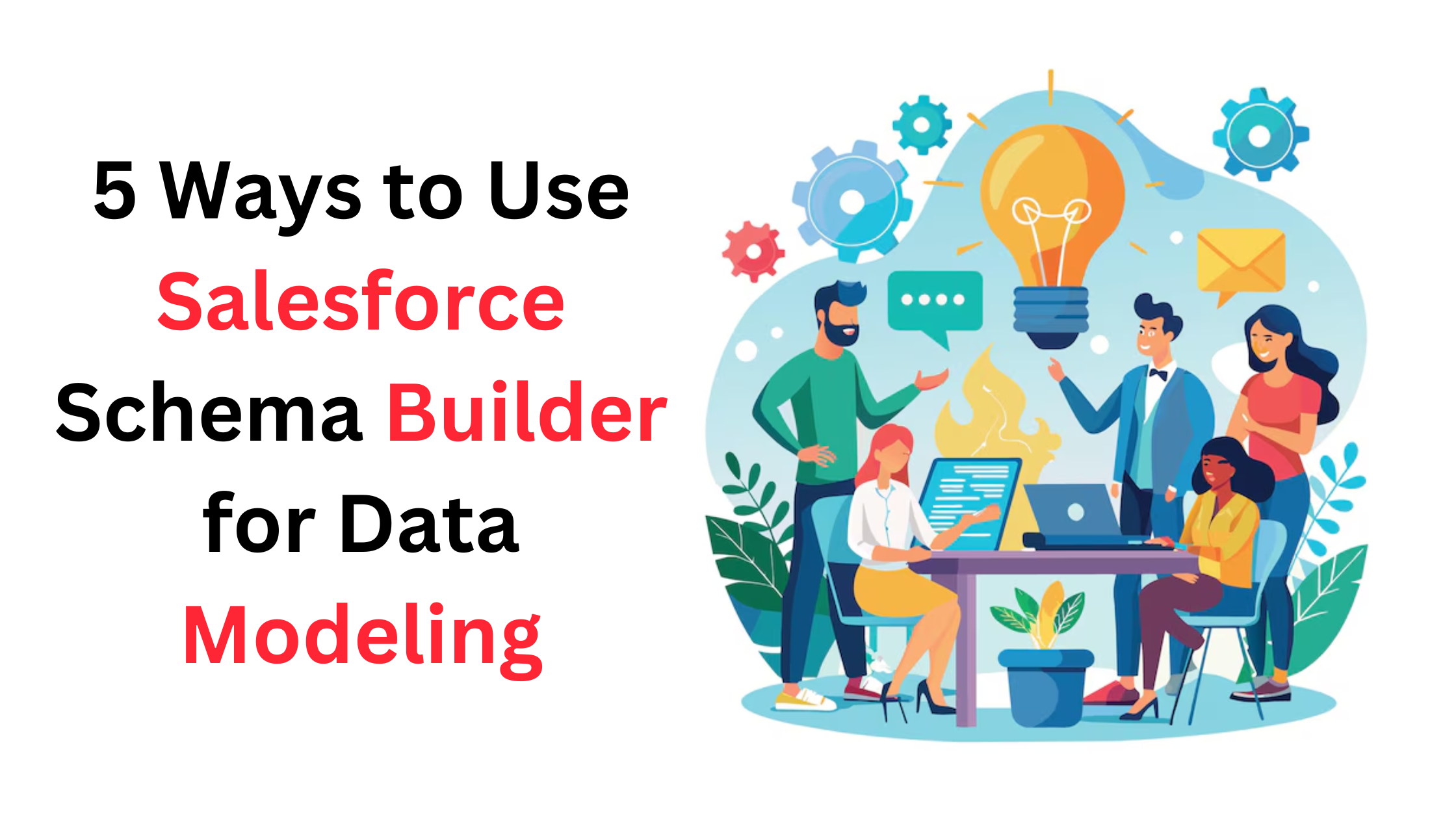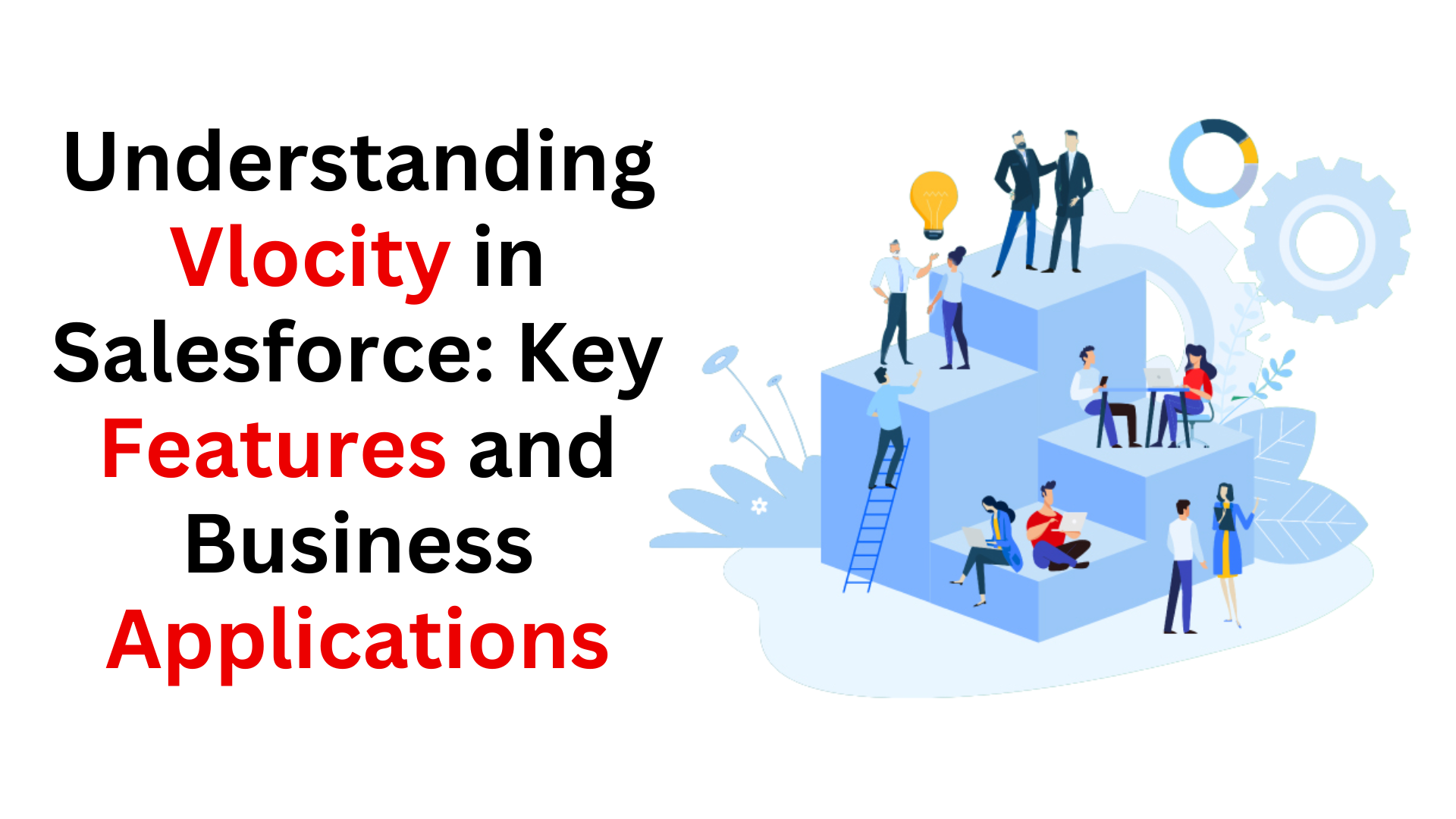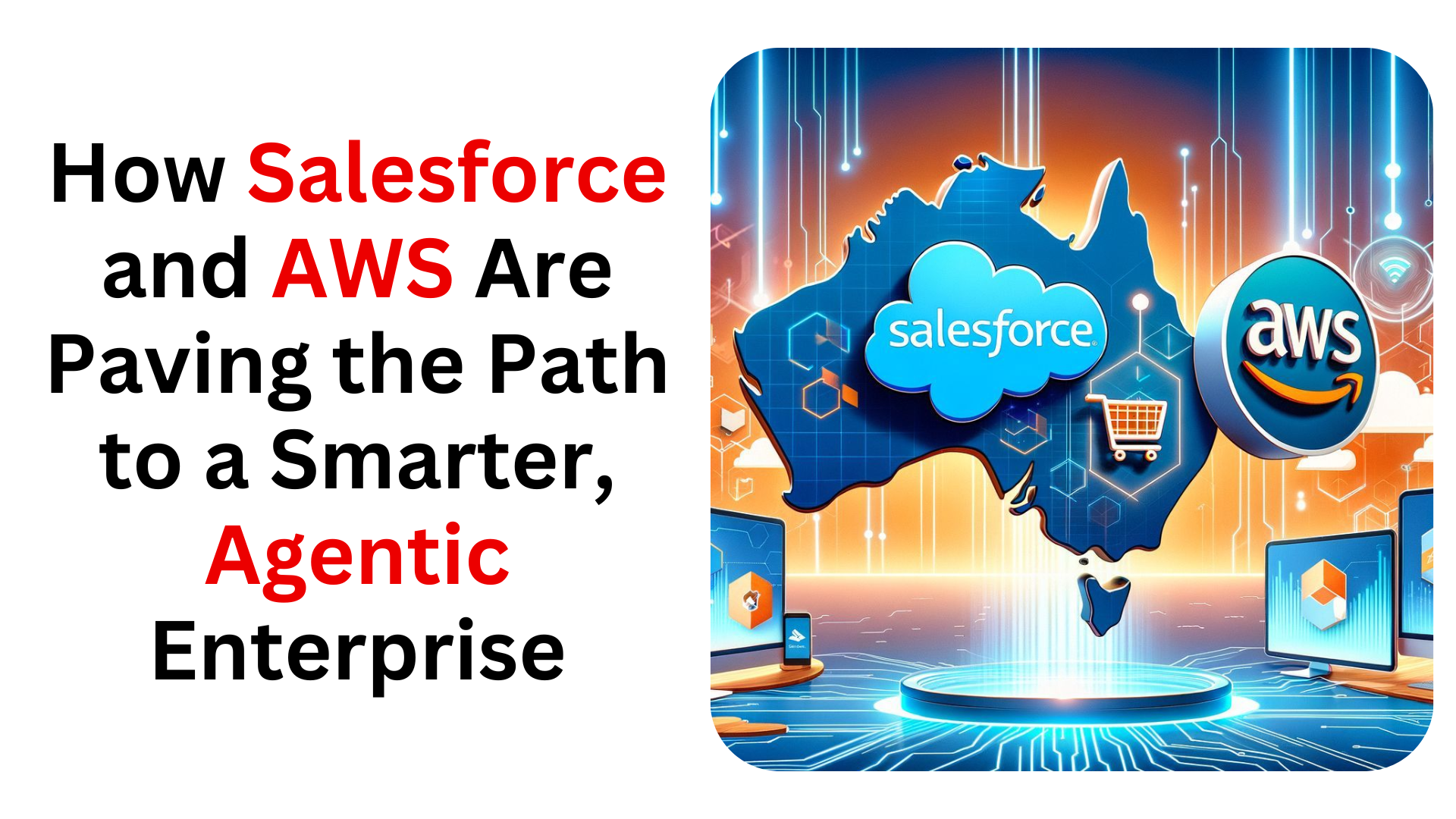
Salesforce is an effective tool that enables building businesses to centralize their core operations and improve customer relationship management.
Salesforce, the top CRM in the world, helps start-up companies organize crucial processes and enhance customer relationship management. When used properly, Salesforce has the capacity to create countless opportunities.
As a company grows, it gets harder to customize and implement Salesforce because it is such a comprehensive and complex platform. You must be able to maximize CRM’s capabilities for the best business results. For the implementation process to go as smoothly as possible and to reduce unneeded risks, choosing a trustworthy Salesforce consulting partner is essential.
We’ve provided a thorough breakdown of the implementation steps to assist you in launching Salesforce at your place of business and obtaining the highest ROI possible. You must remain focused on the Salesforce implementation checklist if you’re thinking about using only a portion of the software package.
In order to maximize the potential of the CRM, this blog will highlight each essential factor on a Salesforce implementation checklist.
Checklist for Salesforce Implementation: Crucial Points to Think About
The Salesforce implementation checklist will now be discussed:
- Create a project timeline.
Salesforce implementation may only take two weeks for a quick start, depending on the kind of company or organization using the software.
You can begin estimating by determining the size of the team you need, who will be in charge of the project, whether shared resources will be used, how much technical and managerial assistance will be needed, etc. It would be beneficial if you also took into account the team’s dependencies and the potential length of the resolution process.
Finally, you must map other projects using Salesforce to see if there is any overlap and if it is manageable.
When you have a general idea of how long it will take for the project to go live, you can begin estimating how long it will take for the business process mapping, building, designing, alpha, beta, and pilot testing, deployment, and product adoption processes.
The next step is to decide how the organization will work with external stakeholders throughout the project lifecycle or when you will need their assistance. Plan how the organization will communicate with external stakeholders during the project’s lifecycle once you have the whole picture. These stakeholders might include consultants and service providers. Additionally, you can determine when you would need their assistance, such as for software configuration management.
- Calculate Salesforce implementation cost
The implementation cost is difficult to predict because each project is different. Even though the precise number is impossible to determine, you can identify the major factors that will affect the project’s cost.
We can think of X, Y, and Z as some of the variables that are present.
Assume that X represents the expense caused by the size of the organization, Y represents the expense for support and upkeep, and Z represents the expense for the implementation partner.
Let us just begin with X.
Choose the license that best fits the needs of your organization from a range of options offered by Salesforce.
We’ve chosen the $150 Enterprise pack, for instance, and figured that 100 users would be utilizing the Salesforce CRM software within the company.
In order to determine how much each user will cost,
X = Users x Number of Months x Subscription Cost
X= 100 x 12 x 150 = $180,000
The cost would therefore be about $180,000 per year.
To determine the overall support and maintenance costs,
Y = cost of human resources one+ cost of human resources two plus the price of the tools
Y = $107,510 + $98,152 + $12000 = $206,000
The cost of hiring the Salesforce consultant is,
Z = Consulting Fees at an Hourly Rate x Total Hours Worked.
After all, is said and done, Z = 130 x 200 = $26,000, where 200 hours were worked.
With 100 users, an organization’s overall Salesforce implementation costs will be = X+Y+Z = $180,000 + $206,000 + $26,000 = $412,000
For a company with 100 users, the average cost of implementing Salesforce is $412,000 dollars.
The range could range from $362,000 to $462,000. This will depend on the support tools used, the consultant hired, the admin’s pay, and the Salesforce subscription your business chose.
Create the Implementation Team.
Similar to how internal stakeholders in the project must play their designated roles, it is always advisable to have a Salesforce implementation consultant and partner to lead your project.
So, the team needs the following individuals:
Business Executive Sponsors: They are the implementation’s leaders, inspiring users to adopt the new procedure and managing communication across silos.
IT Executive Sponsor: They remove technical obstacles, such as flaws in software development methodologies, to guide the project in the right direction.
Client Subject Matter Experts: They are knowledgeable about various roles, assist with workflows, and provide support for user experience tests.
Project managers: To identify risks and oversee the current project, they collaborate with the IT executive sponsor and project sponsor.
Salesforce Administrators: They look after Salesforce after implementation and guarantee long-term success by assisting users in getting the most out of the implemented Salesforce solution.
Onboarding Staff
Strategic transitions are centered on people. If you want your salesforce implementation to be successful, the right talent is required.
Depending on the scale and timing of the release, you will probably need a variety of team resources to implement Salesforce. To ensure that your Salesforce rollout is efficient and timely, try to assign distinct roles and responsibilities.
Put in place a training program that includes everyone on the team because the sophisticated features of this user-friendly platform may call for additional assistance for your staff.
Make sure to train your staff both before and during the project’s execution.
Keep track of your progress.
Track your progress at all times to ensure you meet your target launch date.
While your success KPIs will be flexible and tailored to the Salesforce product combination you select, your performance metrics will represent your Salesforce implementation objectives.
Regardless of the scope of your project, don’t forget to set KPIs.
Make a User Adoption Plan
Even if you have a firm grasp of the Salesforce implementation process, you must ensure that end-user or your employees widely adopt the deployed solution.
To begin, users must be segmented. Based on that, you must understand why and how they will use the platform. This is critical because each user has unique needs from the application.
In general, there are seven types of Salesforce users:
- Customer Success Team
- Marketing Team
- Sales team
- Operations team
- Project Management team
- Finance team
- Development team
This segmentation may differ from company to company, but this is how most of them will look.
Data Cleansing
Data is critical to the success of a Salesforce implementation because, without it, your team will be unable to identify problems and take appropriate corrective action.
To ensure the accuracy of your data, try the following:
Examine the currently available data to see if it meets your needs.
Check the accuracy and consistency of your current data sources.
Check to see if any additional information is needed for analysis.
Based on your objectives, decide which data to prioritize and which to ignore.
Make use of customer feedback
Interact with end users and use their feedback after launching your Salesforce solution. Gather feedback from users to determine whether they believe their experience is improving.
Make certain that your team handles any end-user complaints and that all inquiries are answered.
Best Practices for Salesforce Implementation
It is commendable to have successfully implemented Salesforce in order to achieve the best results for your company. Even after you have followed the checklist, it is critical to adhere to some best practices to ensure that the CRM is ready for use in the real world.
First, you must put the CRM to the test. Check for any issues or bugs that may arise throughout Salesforce to ensure that it runs smoothly.
This is typically accomplished by running a Salesforce sandbox. It is a simulated environment of the soon-to-be-live platform. You can test and make changes to Salesforce in the sandbox without affecting the current data.
Finally, after you’ve checked and fixed any issues, go over it again. Salesforce is ready to go once it has been cleaned up. And once it is launched, everyone must move quickly. As a result, you must train your employees on how to use the newly implemented CRM effectively.
Additional Suggestions for a Successful Salesforce Implementation Roadmap
Because you want your Salesforce-powered eCommerce store to run smoothly, here are some additional Salesforce implementation roadmap tips to keep in mind:
Make sure your requirements are clear, explicit, and unambiguous because Salesforce implementations fail when reality does not match expectations.
In order to avoid problems with Salesforce implementations, make sure your requirements are precise, explicit, and unambiguous. Get early buy-in from your stakeholders. More stakeholders who support the adopted solution are more likely to pitch in and provide helpful criticism to advance the project.
Continue testing because this is one of the most important steps in the implementation. By giving the functionality adequate time to function in accordance with the explicit and detailed requirements outlined at the beginning, one can avoid disappointing bugs.
To summarise
Salesforce Implementation is not a walk in the park. It is one thing to plan it, but quite another to actually do it. A suitable schedule, team, adoption strategy, and tools are required for a proper Salesforce implementation. Oaktree software empowers you in understanding, training, and onboarding your staff, you can address a portion of your Salesforce implementation issues.
At first, glance, deploying Salesforce solutions might seem intimidating. With so many options, it’s easy to lose sight of the primary goal of your company. Understanding Salesforce’s standards, features, and pricing options may be difficult. Given the preparation and difficulties involved in quickly adopting Salesforce, it is understandable that potential users feel overwhelmed.
Oaktree software is an internationally renowned Salesforce implementation partner with almost 12 years of experience. We’ve partnered with companies of all sizes, sharing our Salesforce expertise and helping them realize their full potential for growth.
We want you to use this powerful CRM to its fullest potential in your company. If you have any CRM-related inquiries, please don’t hesitate to contact our qualified specialists.




